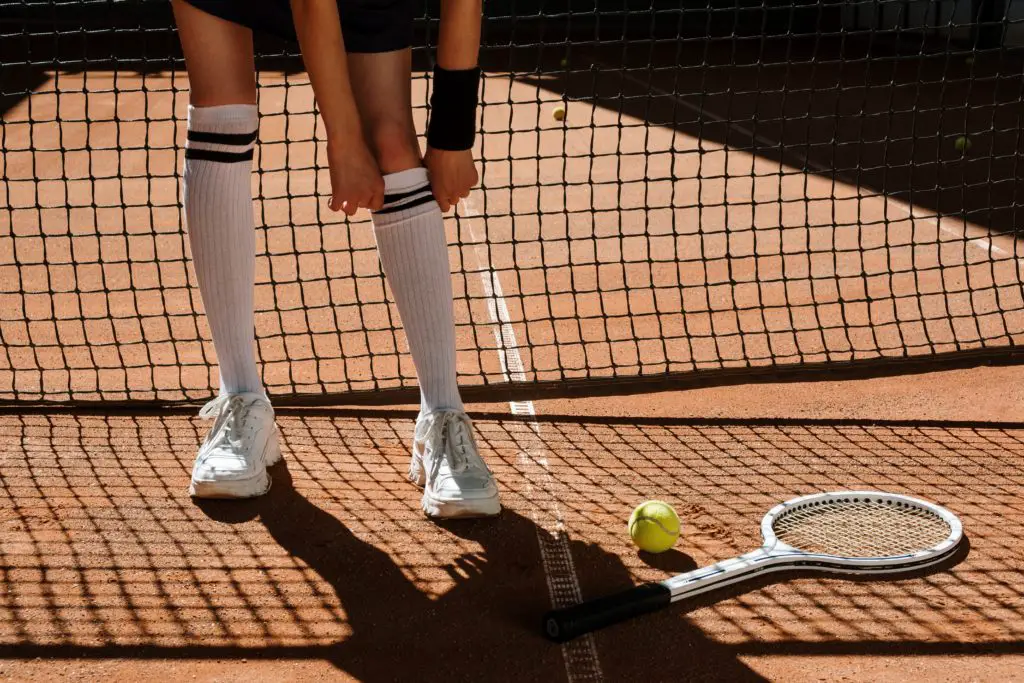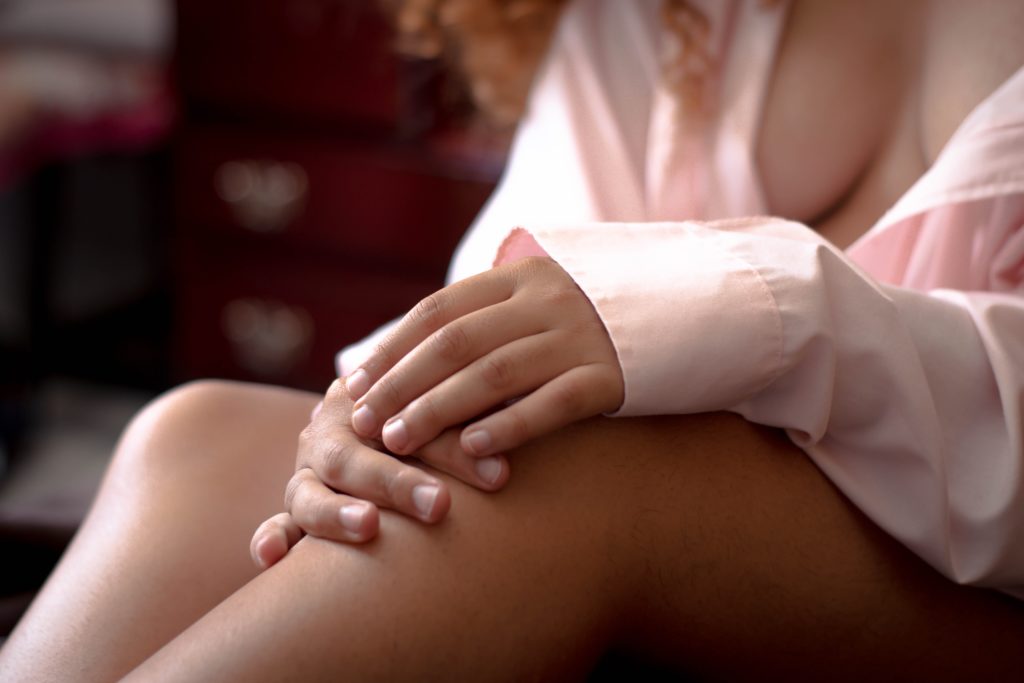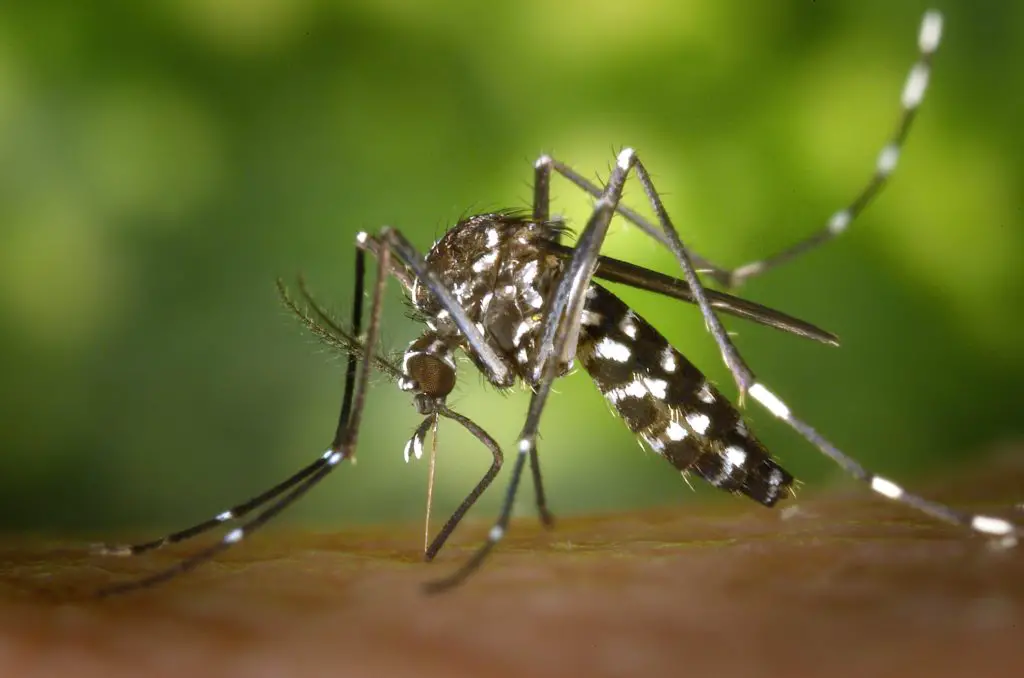What is Osgood-Schlatter disease?
Osgood-Schlatter disease is a painful swelling just below the knee. This swelling or bump is also known as Tibial Tubercle Apophysitis. It can involve single or both knees.
What are the causes of Osgood-Schlatter disease?
It is thought to be caused by overuse of the knees and putting extra stress and tension on the growth plate of the upper tibia. It is common in adolescents who play soccer, basketball, and volleyball, and who participate in gymnastics. Normally it affects boys more than girls.
What are the symptoms of Osgood-Schlatter disease?
Painful swelling just below the knee is the main symptom. It may be seen in one leg or both. It may be associated with leg pain or knee pain. Pain may get worse with physical activities like running, jumping, and climbing stairs.
Which tests are done to diagnose Osgood-Schlatter disease?
Your doctor will do the physical examination of the knee. X-ray of knee joint and bones involved will be done to rule out other causes of knee joint pain.
What treatment options are available?
It goes away on its own when the bone growth stops.
Treatment options include:
- Resting the knee
- decreasing physical activity when symptoms develop
- Ice compression over the painful area 3-4 times a day, and after activities
- Over-the-counter pain killers like Ibuprofen or other nonsteroidal anti-inflammatory drugs or acetaminophen
Symptoms usually get better with time but they will get better faster when physical activities are reduced. Sometimes, a child may need to take a break from physical activities for a couple of months.
In some cases, a cast or brace may be needed to support the leg until all symptoms go away. It may take 6 to 8 weeks. Crutches can be used to keep weight off the painful leg.
If everything fails then Surgery may be needed.
How to prevent it?
Do stretching before and after exercise. It will help prevent small injuries to the growing plate.










